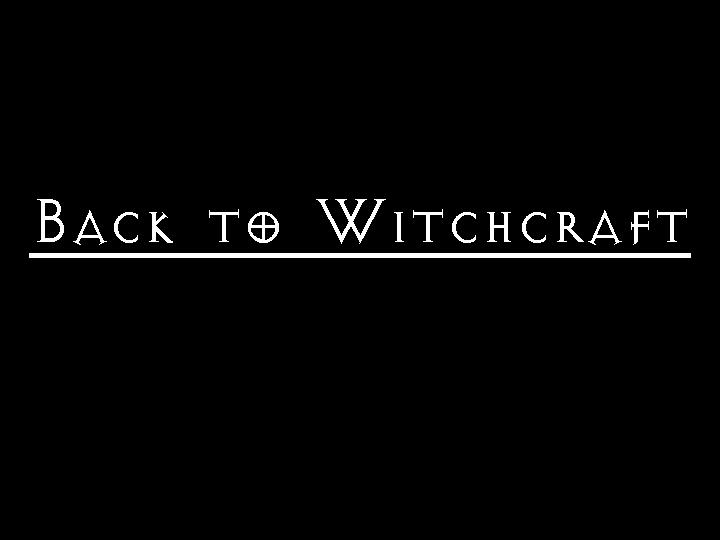Twelve demons provide good familiar spirits as servants. Eleven procure the love and complaisance of women and one makes women show themselves naked. Three control the souls and bodies of the dead. Others make the magician invisible or provide pleasing illusions - one can show any person in a vision, one gives the illusion of running waters, one of musical instruments playing, one of birds in flight. Four devils transport people safely from place to place. One warms water for baths. One turns water into wine and one reprehensibly turns wine into water.
The
mixture of the trivial and the important is typical of magic and so is the mixture of good
and evil.
Magical operations, like those of the Lemegeton, wich involve conjuring up a 'spirit' - an occult force personified as an angel or demon - have a long history and tradition. The basic pattern of teh ceremonies is already found in the Graeco - Egyptian magical texts, wich date from about A.D.100 to 400, and is repeated in mediaval and modern textbooks
The basic pattern of the ceremonies is already found in the Graeco -Egyptian magical texts, which date from about A.D. 100 to 400, and is repeated in medieval and modern textbooks, though with many variations in detail. First the magician prepares all the necessary accessories - his sword, his wand, perfumes, talismans, the magic circle, pentagrams and hexagrams. When everything is ready, he summons the spirit to appear in a succession of powerful incantations. Finally, he gives the spirit its orders and dismisses it.
